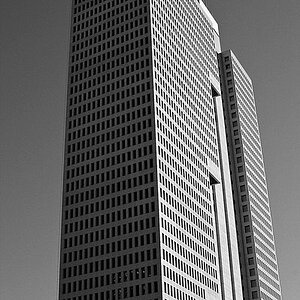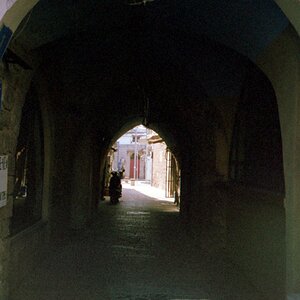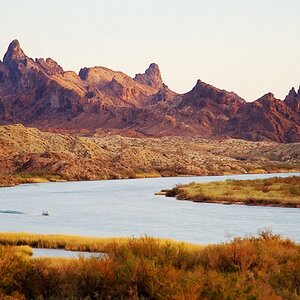wfooshee
No longer a newbie, moving up!
- Joined
- Oct 28, 2014
- Messages
- 846
- Reaction score
- 268
- Can others edit my Photos
- Photos OK to edit
I really like 9062!!!! 
As stated above, back-button vs shutter-button doesn't change how well or how quickly the focus works, it just changes the handling of the camera by the photographer.
I will say that when I replaced the kit 55-200 that came with my D50 (3 cameras ago...) with Nikon's 70-300 ED VF lens, focus performance was improved dramatically. The new lens never hunted, and never started the wrong direction. Image quality improved about ten times as much as focus performance. And I'm not talking about a 2,000-dollar lens, either; it was less that 500. I dumped the kit lens on eBay for a C-note, which helped, too.
As stated above, back-button vs shutter-button doesn't change how well or how quickly the focus works, it just changes the handling of the camera by the photographer.
I will say that when I replaced the kit 55-200 that came with my D50 (3 cameras ago...) with Nikon's 70-300 ED VF lens, focus performance was improved dramatically. The new lens never hunted, and never started the wrong direction. Image quality improved about ten times as much as focus performance. And I'm not talking about a 2,000-dollar lens, either; it was less that 500. I dumped the kit lens on eBay for a C-note, which helped, too.


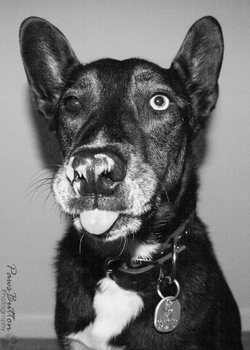
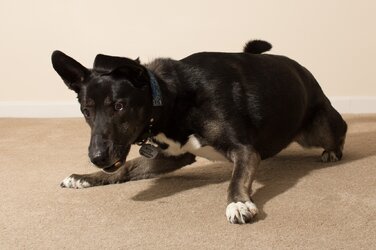
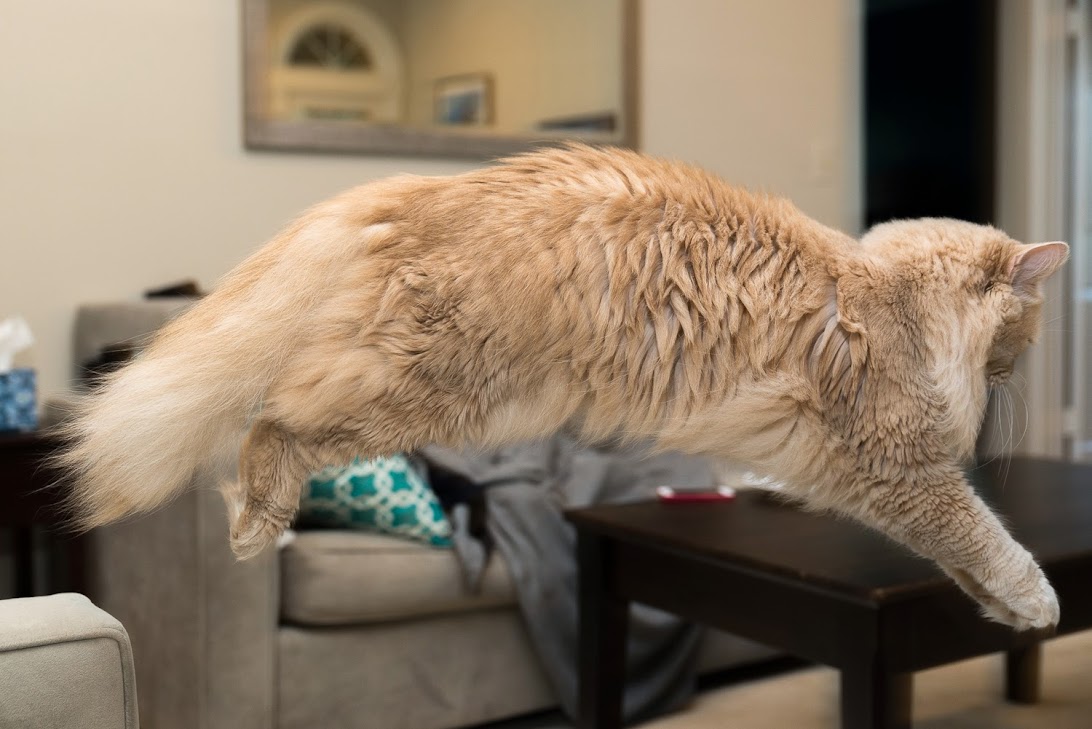
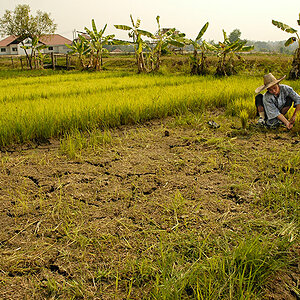
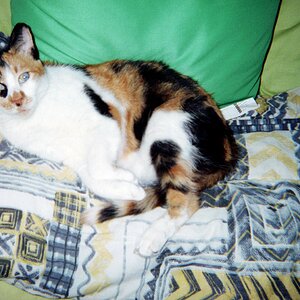
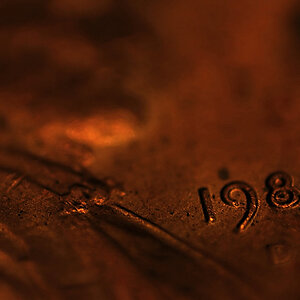
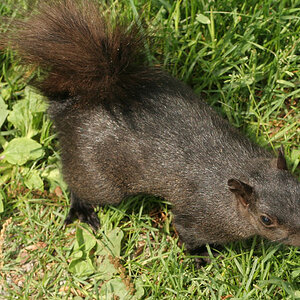
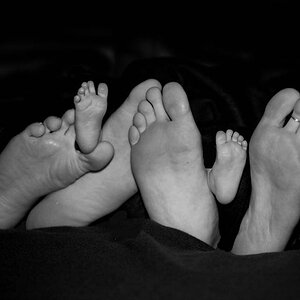
![[No title]](/data/xfmg/thumbnail/42/42016-4e3a2f053aa7a987a0b51e5a0fe85262.jpg?1619739978)
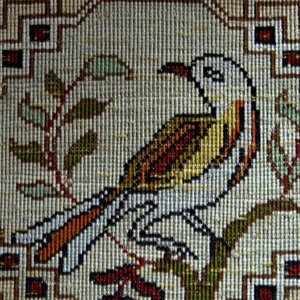
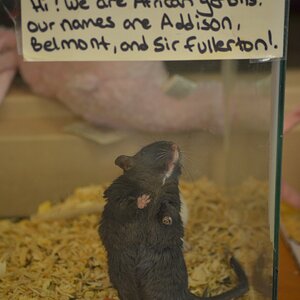
![[No title]](/data/xfmg/thumbnail/42/42020-6dbbc2fb244014aa89adfe2ccf067af7.jpg?1619739979)
